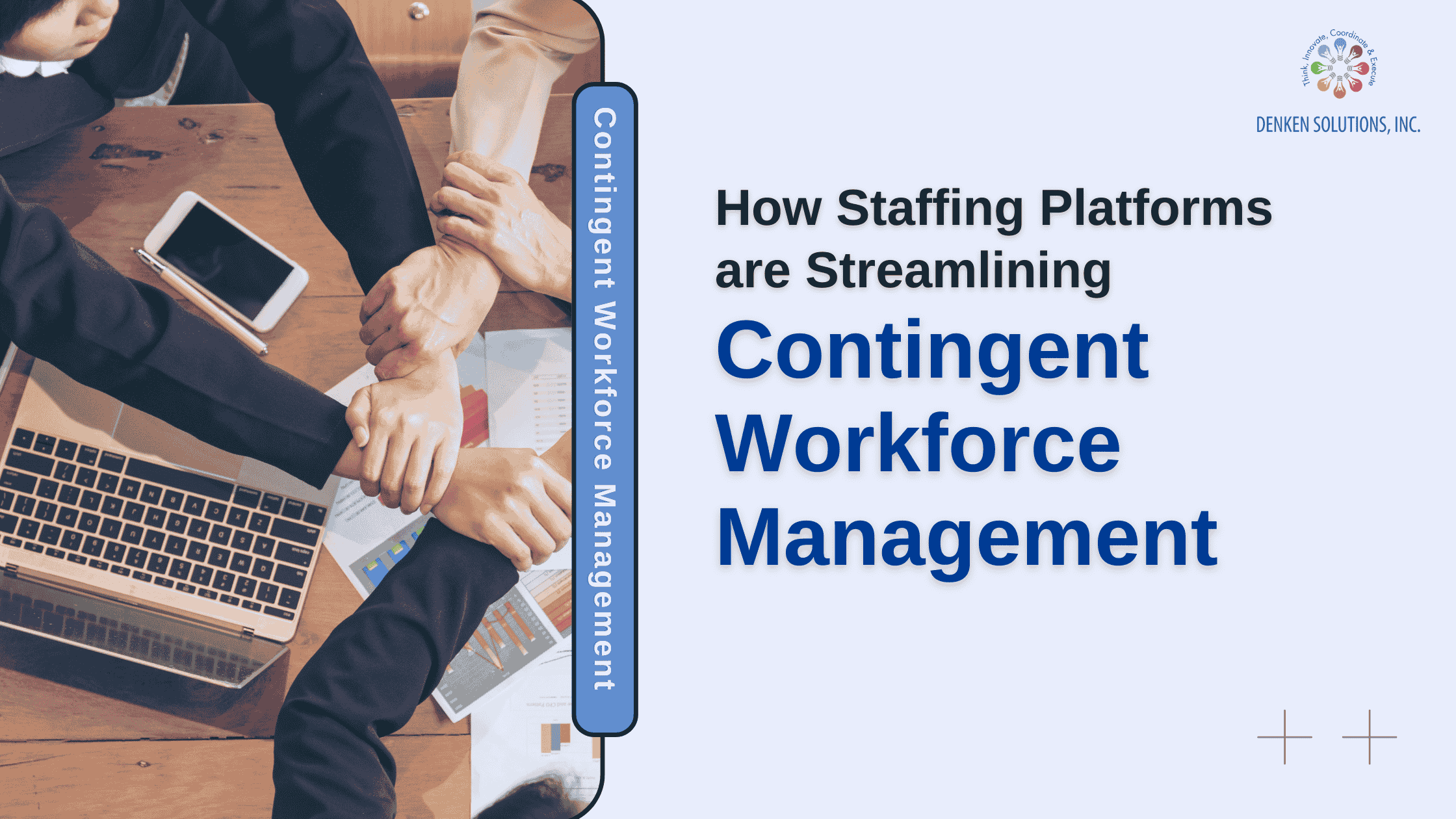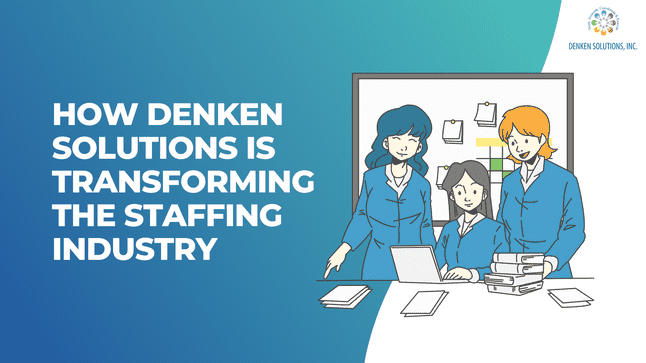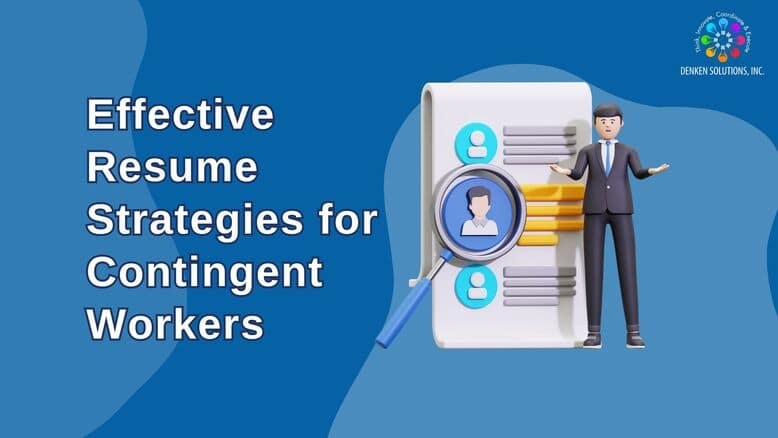The need for centralized workforce management in scaling businesses
Managing a larger staff effectively is getting harder, and for many businesses, this difficulty is made worse by fragmented, ill-defined ownership. Executives and important stakeholders do not have the visibility into the extended workforce required to drive program optimization in the absence of a centralized system of record via a staffing platform. However, there are several benefits for those who invest in centralizing ownership and streamlining their contingent workforce management or CWM. Some examples include Upwork, Fiverr, PeoplePerHour, etc.
What is contingent workforce management?
Talent that is not on your payroll, such as consultants, freelancers, contractors, gig workers, and employees from outside agencies, is known as contingent labor. A comprehensive tool that simplifies the entire process of interacting and collaborating with these specialists is a Contingent Workforce Management (CWM) solution.
Numerous operational duties precede and follow, including sourcing, onboarding, compliance monitoring, payment, performance analysis, and more. Every stage of the procedure has a unique set of subtleties and complexities.
Your contingent workers are not fully optimized by a strategy that solely concentrates on the task completed. You lose time and money as a result of the numerous inefficiencies it causes at every stage. Having excellent contingent workforce management software is essential for modern business operations as contingent workers become an increasingly important component of your digital workforce solutions.
Significance of staffing software in contingent workforce management
Staffing and recruiting software has become an essential HR automation tool for efficient resource management due to the growing contingent workforce. As organizations increasingly rely on freelancers, temporary workers, and independent contractors to meet their staffing needs, software solutions developed for contingent workforce management offer several benefits that assist streamline operations and maximize productivity.
- Facilitates effective talent sourcing:
Staffing solutions services offer a consolidated platform for locating, luring, and onboarding contingent labor. It enables businesses to better manage the hiring process, track candidate data, and build talent pools. By automating job advertising and applicant sourcing, companies may swiftly access a wide range of people to meet project-specific requirements.
- Easily scalable:
By examining past data and patterns, staffing software solutions support strategic workforce planning. To make well-informed decisions regarding when and where to hire contingent labor, it assists firms in identifying recruiting trends, skill gaps, and periods of peak demand.
- Improves compliance:
Managing a contingent workforce frequently entails intricate legal and compliance concerns. By guaranteeing that contracts, agreements, and payment procedures adhere to pertinent labor laws and regulations, staffing platforms can assist firms in overcoming these obstacles. The likelihood of contingent workers’ legal issues and possible financial fines can be greatly decreased with the help of this software.
- Enhances productivity:
Software for hiring and staffing also increases an organization’s total productivity, which raises ROI even more. Staffing software makes information easier to access and manage by centralizing candidate and job data. This eliminates manual data entry, lowers errors, and facilitates more effective decision-making. Better communication, quicker reaction times, increased applicant engagement, and a more satisfying experience are all made possible by the software’s communication tools.
Benefits of using a staffing platform for contingent workforce management:
- Workforce scalability and agility:
The demands of the workplace are also far more urgent now than they were in the past. They can’t afford to wait many months to select the best candidate. You can sustain workforce agility and fill these gaps as needed with the help of contingent workers. When it comes to finding the best contingent personnel, including the most accomplished experts from across the globe, CWM platforms become essential. To match you with the correct talent, good CWM solutions can use AI and perform competence assessments. This eliminates the need for a permanent hire by making it simple to compile a database of contingent workers, a convenient talent pool that you may draw from as needed.
- Cost savings and efficiency:
Talent may remain dormant as a result of an inability to forecast project requirements. Back taxes and hefty fines could result from not following the proper compliance procedures. You risk spending a lot of money on needless bank fees for international contractors if you don’t have the proper payment procedures in place. Staffing software solutions for contingent workforce management assist you in achieving financial gains in each of these areas.
- Access to specialised contingent workers:
In the long run, it makes little sense to hire niche-specialised professionals full-time. Globally, a large number of senior professionals sell their skills as consultants, freelancers, or contractors. You can locate them, hire them as needed, do the work quickly, and pay them on schedule if you have good staffing software.
The future of staffing platforms in workforce management
- Increased integration of AI:
By making it possible to analyze large data sets and identify the best applicants for open positions, artificial intelligence (AI) is revolutionizing the employment sector. This development streamlines the candidate assessment procedure, greatly reducing the amount of time needed for manual screening and increasing the accuracy of candidate selection.
AI’s capabilities include condensing resumes, generating concise candidate profiles, and devising interview queries tailored to specific job roles, thus streamlining and objectifying the recruitment process. Moreover, AI tools offer recruiters tailored performance analytics, helping them to swiftly enhance their strategy.
- Growth of tools for remote interviews
The adoption of remote interviewing technologies in the staffing industry has accelerated due to the trend toward remote work. These developments enable recruiters to conduct assessments and interviews from any location, ensuring that the hiring cycle continues despite geographic limitations. Additionally, the exploration of virtual and augmented reality for recruitment events and onboarding provides candidates with exciting, lifelike experiences that reflect actual job situations.
For example, companies have started holding virtual career fairs where attendees may interact with VR headsets and avatars, making the hiring process more engaging and accessible to a wider audience.
- Blockchain for validation
Blockchain has the potential to completely transform the hiring industry by providing a transparent and safe framework for confirming the credentials and references of candidates. This innovation streamlines the hiring process by lowering the prevalence of credential exaggeration. Employers and staffing platforms may make educated hiring decisions by using blockchain’s immediate credential authentication, which reduces the possibility of hiring someone with false information.
Conclusion:
Staffing platforms are now crucial for companies trying to manage their contingent workforce in the rapidly changing job market of today. These technologies streamline hiring while improving flexibility and compliance by utilizing AI-driven talent matching, automated onboarding, real-time workforce tracking, and smooth payroll management.
Businesses that adopt tech-enabled workforce solutions will have a competitive advantage as globalization in staffing increases access to qualified professionals across the globe. Staffing platforms not only simplify operations but also enable companies to scale with agility, minimize administrative burdens, and maximize workforce efficiency.



